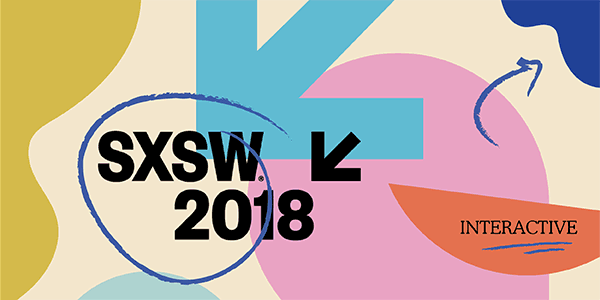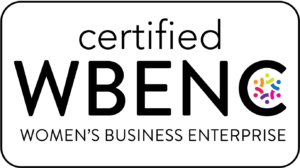
Inclusion-led design: The true power of empathy.
Returning for a second year, members from the creative and research teams touched down in Austin, Texas, ready to be swept up in the whirlwind that is South by Southwest (SXSW). This year promised sessions on power and bias in design, the impact of online communities on our health, and vulnerability in the workplace. Sprinkled throughout downtown Austin were pop-up experiences that included an interactive Google Assistant smart house, a look at Panasonic’s line of inspired wearables and even an immersive (and utterly sold-out) Westworld-themed experience.
While session topics at times felt highly specific or futuristic, the team witnessed an overarching trend of emphasized human involvement and experience in the big ideas. Themes of social responsibility, confrontation, and approaching product and service design in a holistic manner are the new table stakes of this era.
Social responsibility
The need for more-inclusive products and designs has prompted a shift in how companies speak to and about their users. One session took a look at the recent update to the Planned Parenthood health care app Spot On, which involved working to remove all gendered language to craft more-inclusive spaces for a multitude of users.
We also saw a rise in conversations around empathy versus responsibility and how anthropologists, designers and problem solvers alike often wrestle with this tension in an effort to involve multiple stakeholders as a way of looking at total impact. In a session led by Carissa Carter, professor and director of teaching and learning at the Stanford d.school, we explored how to look “beyond the design process” and live in moments of ambiguity and fluidity when there are multiple paths forward.
Confrontation
SXSW speakers George Aye, co-founder and director of the Greater Good Studio, and Melis Senova, founder and CEO of Huddle, took on a difficult subject in their talks: Aye addressed how we acknowledge power and privilege by confronting the modern design process, while Senova spoke about what it looks like to design for representation. Aye spoke to the intention behind the process and the importance of asking ourselves “should we” rather than “can we” when looking at prospective projects, as well as how saying “yes” to a project or client defines your portfolio, while saying “no” defines your reputation. Taking a similar stance, Senova advocates for looking at the shadow side of design and what it means in terms of mapping out products and services that choose to confront all sides of a human experience rather than just viewing it through an aspirational lens.
Holistic approach
When considering how to best represent users and their needs, the health care sector is also looking at how to involve community members and ordinary consumers from the ground up. In a conversation about health equity, representatives from the Kellogg Foundation, the Advisory Board and the BUILD Health Challenge discussed their efforts to involve community members not just as participants in research, but as representatives from all levels of their organizations – including as board members. The same kind of inclusion is a key focus at Project Baseline, a partnership between Google, Duke and Stanford that aims to collect and analyze the health data of over 10,000 people. This entails not just giving patients access to the results of clinical trials they participate in, but also involving them in defining the problem and setting the agenda of the research itself.
April 4, 2018 | Research





